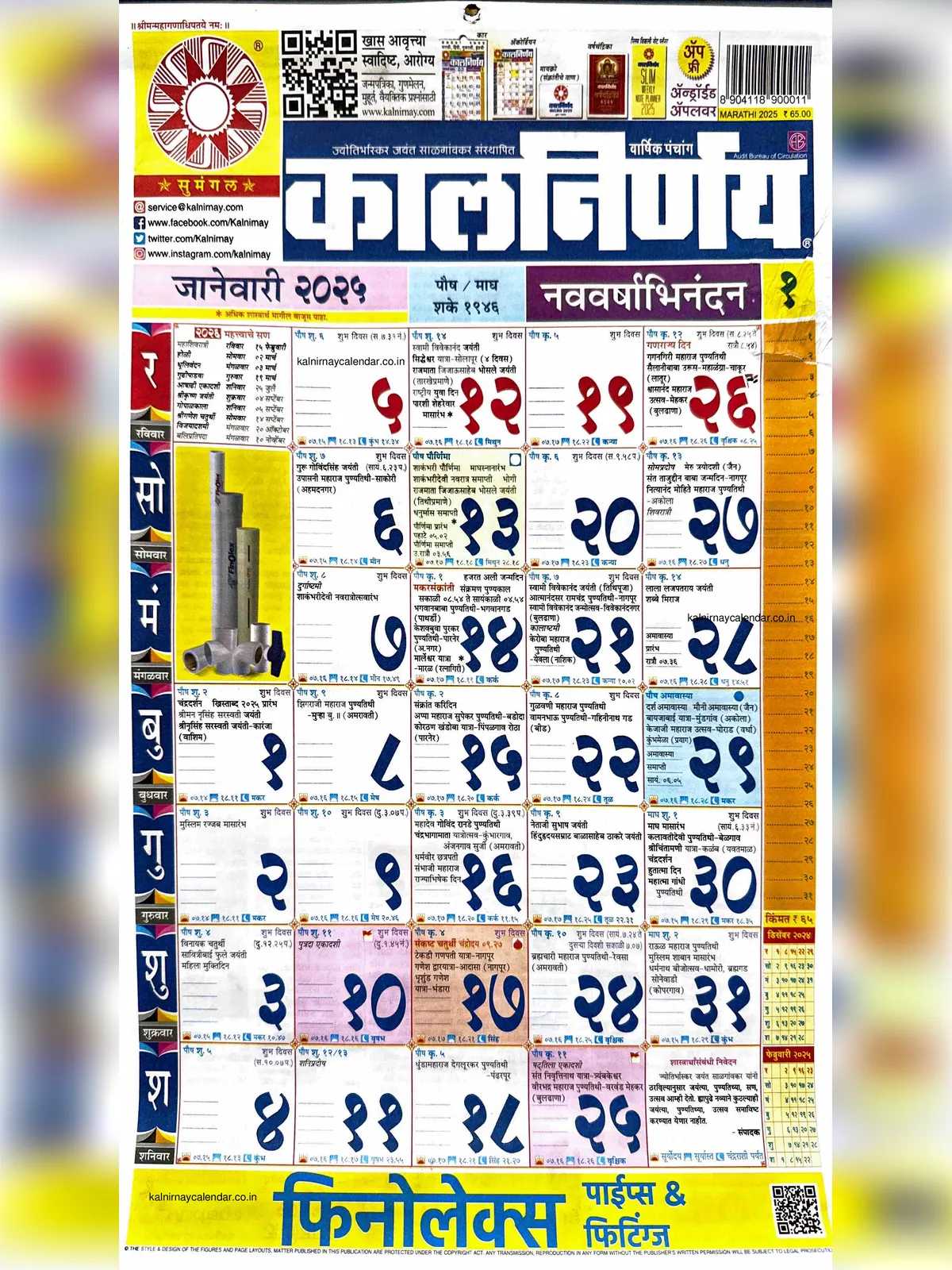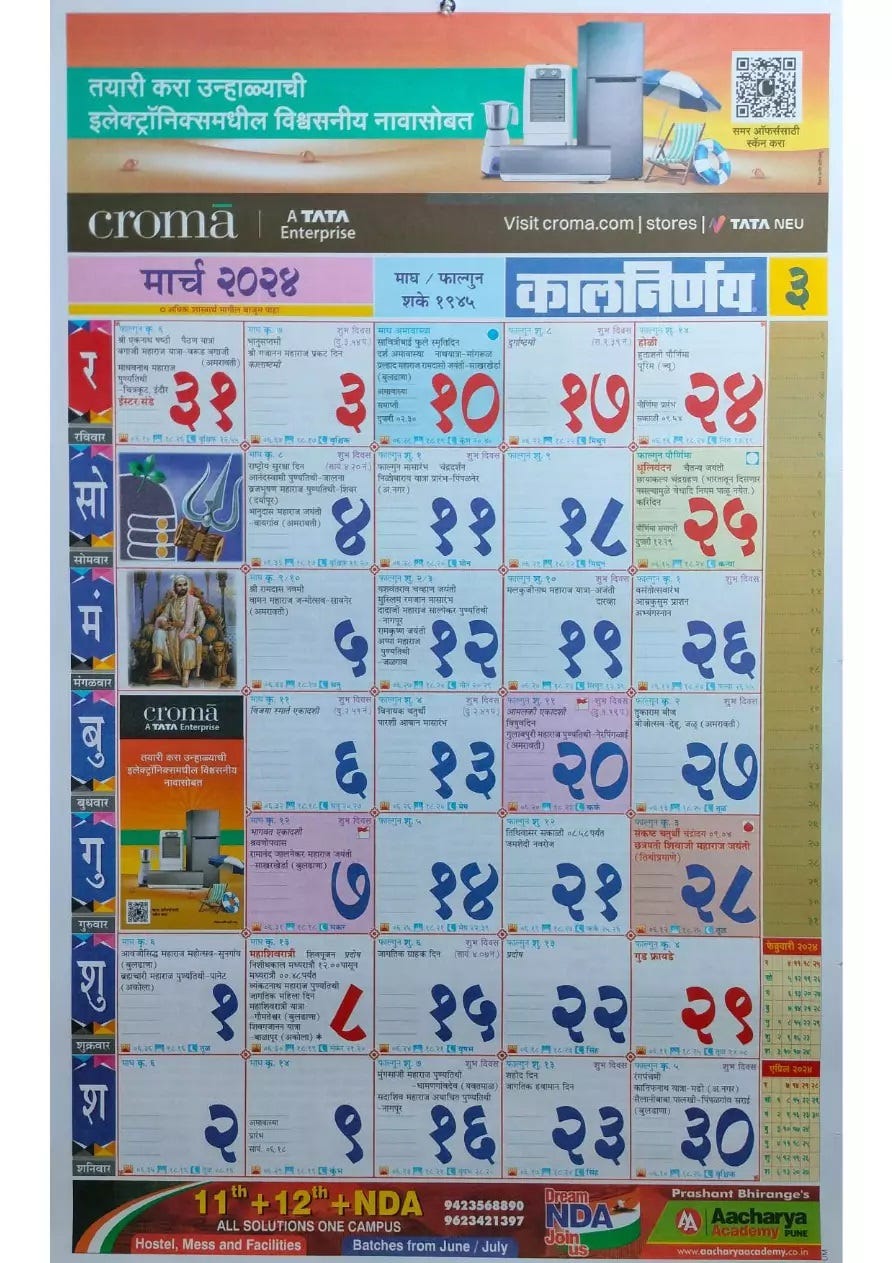Can a regional film from India make waves at one of the most prestigious international film festivals? Sabar Bonda, directed by Rohan Parashuram Kanawade, not only answers this question with a resounding yes but also redefines the global perception of Marathi cinema. As the first Marathi feature to be nominated for Sundance Film Festival 2025, Sabar Bonda has set a new benchmark for Indian filmmakers aspiring to break into the international arena.
This groundbreaking achievement highlights the growing influence of Marathi cinema on the world stage. The film's nomination is more than just an honor; it signifies a shift in how regional films are perceived globally. Sabar Bonda delves deep into themes of identity, familial expectations, and unconventional love—universal topics that transcend cultural boundaries. By addressing these subjects through a distinctly Marathi lens, the film showcases the rich storytelling traditions of the region while appealing to diverse audiences worldwide. Its selection at Sundance 2025 marks a pivotal moment in the history of Indian cinema, proving that language is no barrier when it comes to powerful narratives.
| Name | Rohan Parashuram Kanawade |
|---|---|
| Date of Birth | March 12, 1987 |
| Place of Birth | Pune, Maharashtra, India |
| Education | Film and Television Institute of India (FTII), Pune |
| Career Highlights | - Director of Sabar Bonda (Sundance Nominee, 2025) - Short films showcased at various national and international festivals - Recipient of multiple awards for excellence in storytelling |
| Professional Affiliations | Member of the Directors Guild of India |
| Website | Sundance Official Website |
The journey of Sabar Bonda began long before its Sundance nomination. Filmmaker Rohan Parashuram Kanawade meticulously crafted a narrative that resonates deeply with contemporary issues faced by individuals across cultures. Set against the backdrop of rural Maharashtra, the film explores the emotional landscape of its protagonist as he grapples with questions of self-identity and societal norms. The director’s ability to blend authentic performances with visually stunning cinematography has earned him critical acclaim both within India and abroad.
In addition to Sabar Bonda's success, the year 2025 witnessed several notable releases in Marathi cinema. These films collectively contributed to the resurgence of interest in regional filmmaking. For instance, Paresh Mokashi continued his legacy of producing thought-provoking content with yet another masterpiece, further solidifying his reputation as a pioneer in the industry. Meanwhile, Aditya Sarpotdar pushed creative boundaries with experimental genres such as horror and sci-fi, attracting younger demographics who seek fresh perspectives in their entertainment choices.
A significant event during this period was the 23rd edition of the Pune International Film Festival (PIFF). Held in February 2025, PIFF hosted a panel discussion titled Challenges in Marathi Cinema: From Production to Audiences. Moderated by none other than Paresh Mokashi himself, the session brought together key figures like Aditya Sarpotdar and Addinath M. Kothare to deliberate on pressing concerns facing the industry today. Topics ranged from financing difficulties to marketing strategies aimed at expanding reach beyond traditional markets. Such dialogues play an essential role in fostering innovation and collaboration among filmmakers striving to elevate Marathi cinema's stature internationally.
Beyond official channels, platforms like YouTube played a crucial role in promoting Marathi movies through official trailers and teasers. This digital medium provided filmmakers direct access to millions of potential viewers, democratizing distribution channels traditionally dominated by mainstream Bollywood productions. Consequently, even independent projects found themselves gaining traction online, leading to increased visibility and opportunities for recognition at global events like Sundance.
As we reflect upon the accomplishments of Marathi cinema in 2025, it becomes evident that this sector is poised for continued growth and expansion. With visionary directors like Rohan Parashuram Kanawade paving the way, there exists immense potential for future collaborations between local talents and international partners. Furthermore, initiatives undertaken by organizations such as PIFF ensure sustained momentum by addressing underlying challenges while celebrating achievements along the way.
Looking ahead, the challenge remains clear—to maintain authenticity while embracing technological advancements that enhance storytelling capabilities. Only then can Marathi cinema sustain its upward trajectory and inspire generations of storytellers eager to share their voices with the world. Through films like Sabar Bonda, we see glimpses of what lies ahead—an era where regional languages become bridges connecting hearts across continents.
While Sabar Bonda stands out as a landmark achievement, it represents merely one chapter in the evolving saga of Marathi cinema. Other noteworthy contributions during this time include works by established directors alongside emerging artists bringing fresh ideas to the table. Collectively, they contribute towards creating a vibrant ecosystem capable of nurturing creativity and fostering artistic expression.
In conclusion, the story of Marathi cinema in 2025 serves as proof that regional languages hold immense power when utilized effectively in filmmaking. Whether exploring universal themes or celebrating unique cultural nuances, each production adds value to the broader tapestry of global cinema. As audiences continue seeking meaningful experiences through visual storytelling, the path forward seems bright indeed for those willing to take risks and push boundaries.




